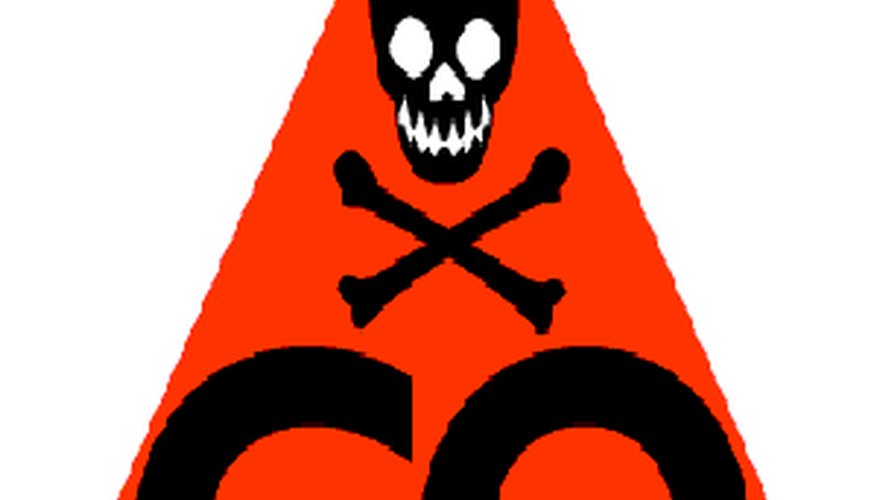Carbon monoxide (CO) is a deadly gas if it is consumed in too high of a concentration. Many people seek protection from carbon monoxide by purchasing CO detectors for their homes, considering that CO is odourless.
Safe Levels of Carbon Monoxide
CO is measured in parts-per-million, or PPM. At levels over 9 PPM, CO begins to adversely affect your health if you persist in breathing it for over eight hours. At levels above 400 PPM, one should expect to have only three to five hours until unconsciousness and death.
Defense Against Carbon Monoxide
Carbon monoxide detectors are very similar to smoke detectors; in fact, most smoke detectors are now equipped with CO detectors as well. A CO detector should sound after CO levels have reached 100 PPM.
The Production of CO
CO is produced by combustion. Therefore, burning things or leaving any engine or generator running in a poorly ventilated area such as your home will create high concentrations of CO.
Symptoms To Look For To Recognize CO Poisoning
CO poisoning first manifests itself as minor flu symptoms. It progresses after higher concentrations to dizziness, nausea and shortness of breath. After enough exposure to high concentrations, symptoms include unconsciousness and death. In all cases, CO poisoning will cause brain damage.
- CO poisoning first manifests itself as minor flu symptoms.
- After enough exposure to high concentrations, symptoms include unconsciousness and death.
How to treat Carbon Monoxide Poisoning
A person exposed to CO at dangerous levels should be rushed to a well-ventilated area. If available, provide the person with oxygen and transport them to a hospital for further treatment.
Statistic
Over 15,000 people are treated for CO poisoning in the hospital every year. 500 people die each year due to carbon monoxide poisoning.
